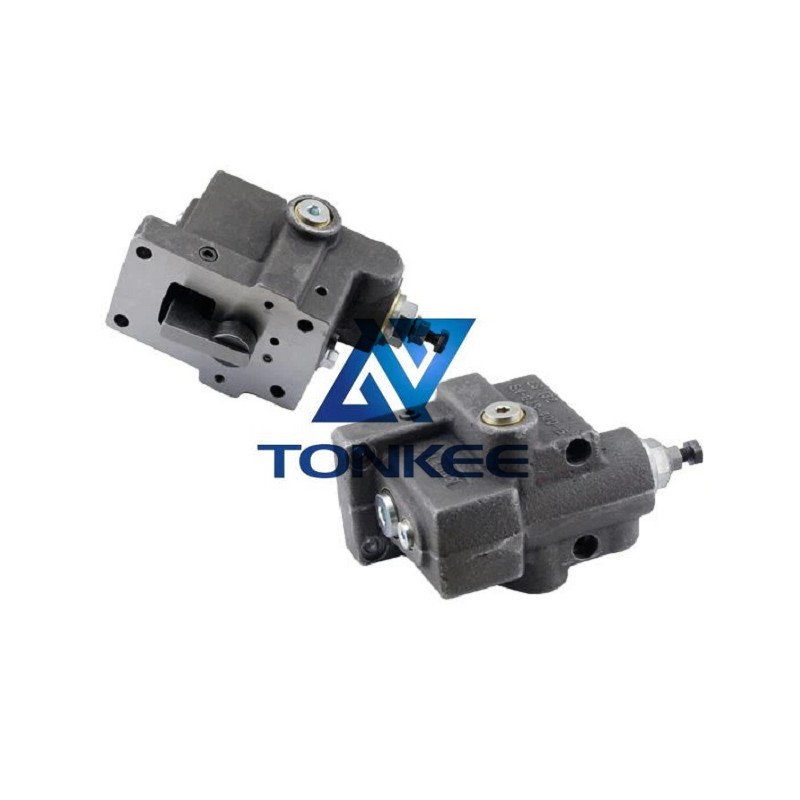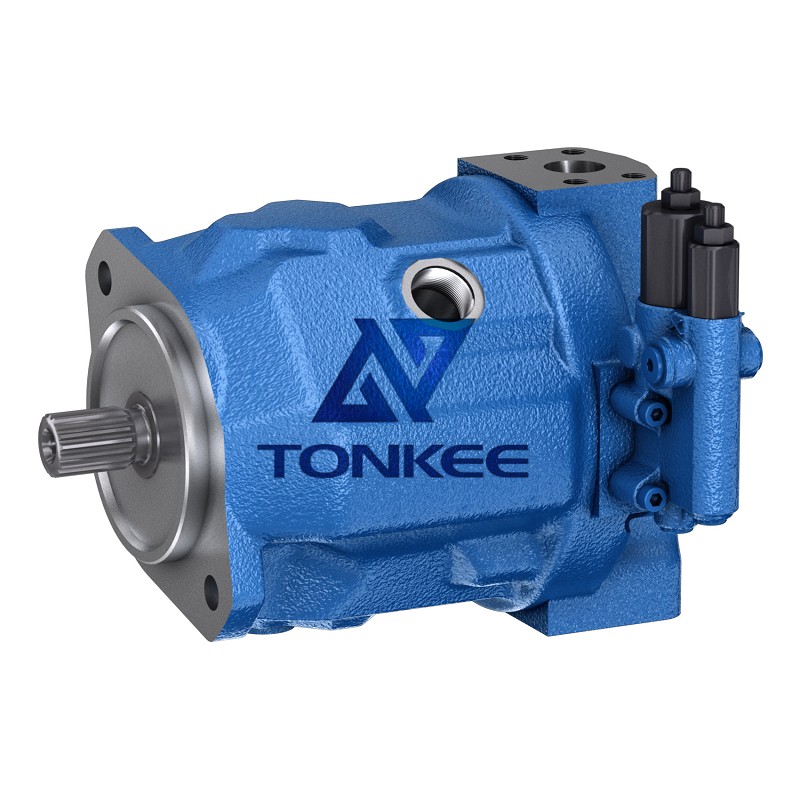
Housing: The pump's housing provides a robust and durable enclosure for all the internal components.
It is typically made of high-quality materials such as cast iron or aluminum alloy to ensure strength and resistance to harsh operating conditions.
Drive Shaft: The drive shaft connects the pump to an external power source, such as an electric motor or an engine. It transmits the rotational force from the power source to the internal components of the pump, enabling it to operate effectively.
Cylinder Block: The cylinder block is a crucial component that contains multiple pistons arranged in an axial configuration. It rotates eccentrically within the housing, creating reciprocating motion for the pistons.
Pistons: The pistons are responsible for generating hydraulic pressure by reciprocating within the cylinder block. They move in and out of the cylinder bores as the cylinder block rotates, creating a pumping action that pressurizes the hydraulic fluid.
Swash Plate: The swash plate is a tilting mechanism that controls the displacement of the pistons. It is connected to the cylinder block and can be adjusted to vary the stroke length of the pistons, thereby controlling the pump's output flow rate.
Valve Plate: The valve plate is positioned between the cylinder block and the housing. It contains various control valves, including inlet and outlet valves, which regulate the flow of hydraulic fluid into and out of the pump. These valves ensure proper fluid direction and prevent backflow.
Spherical Bearings: The pump utilizes spherical bearings to support the rotating components, such as the cylinder block and swash plate. These bearings provide smooth operation, reduce friction, and withstand radial and axial loads.
Shaft Seal: The shaft seal prevents hydraulic fluid from leaking out of the pump along the drive shaft.
It is typically a combination of seals and O-rings that provide a tight and reliable seal, ensuring the efficiency and performance of the pump.
Port Connections: The pump features port connections for hydraulic fluid inlet and outlet. These ports allow the pump to be integrated into a hydraulic system, enabling the flow of fluid to and from other components.
Control Mechanism: The HAWE V30D Series pumps can be equipped with various control mechanisms, such as manual control, proportional control, or electronic control. These mechanisms enable precise control over the pump's displacement, speed, and pressure, allowing for optimized performance in different applications.





 English
English português
português Русский язык
Русский язык










